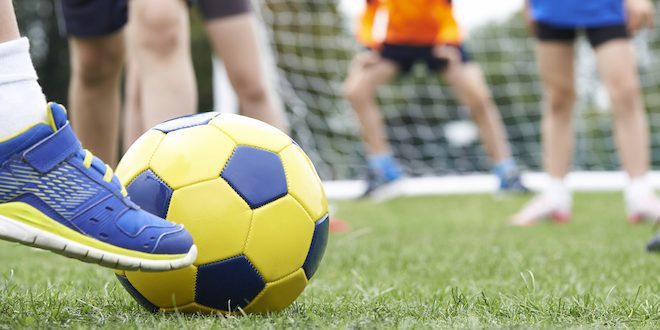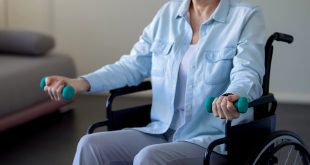Whether they have diabetes or not, exercise is important for kids. However, there are some things to think about if you have a child with type 1 diabetes.
How much exercise?
The Canadian Physical Activity Guidelines recommend that children and teenagers should have one hour of moderate- to vigorous-intensity aerobic physical activity every day. This should include vigorous activities, including ones that strengthen muscle and bone, at least three days per week. For more information about types of physical activity, click here.
What are the benefits?
Exercise has lots of benefits, especially for kids with diabetes, and these include:
- Better response to insulin and better blood sugar control. Exercise makes insulin work better in the body, which can help kids with diabetes keep their blood sugar levels in a healthier range. Optimal blood sugar control decreases the risk of long-term complications of diabetes.
- Better health over the course of life. Exercise strengthens bones and muscles, and reduces the risk of heart disease and some types of cancer.
- Greater physical ability. With exercise, kids gain better coordination, balance, strength and endurance. Exercise can actually increase energy levels as well.
- Life experience. When kids sign up for lessons or join a sports team, they get a chance to meet people, and enjoy new and interesting experiences. They’ll also learn about teamwork, sportsmanship and competition.
- Mental boost. Exercise can help relieve stress, encourage relaxation and improve mood. Exercise can even help clear the mind and and improve focus and attention.
Preventing low blood sugar levels
Hypoglycemia can happen during or after exercise, when the body has used up much of its stored sugar. For more information about hypoglycemia, click here.
To learn how different types of activity affect your child, you should check their blood glucose frequently before, during, and after an exercise session. This is because some types of activities might cause blood glucose to drop more quickly than others (for example, playing a one-hour game of intense sports versus going for a brisk walk for the same period of time). Once you have tested your child’s blood glucose on a number of occasions before, during and after the sports activity they’re engaging in, you’ll have a much better sense of how that activity affects their blood glucose levels.
To ensure that you can treat low blood glucose quickly, prepare a kit that contains snacks, glucose tablets, fruit juice and water, and have it with you while your child is participating in a sporting event. Make sure your child knows how to recognize the symptoms of hypoglycemia.
Remember, increased activity may mean that your child might need to lower his/her insulin dose or eat some extra carbohydrate before exercising, to keep blood glucose levels in a safe range. Be sure to talk to your healthcare team about your child’s exercise regimen and how it may affect carbohydrate intake and insulin dosing.
What about insulin pumps?
Many children with type 1 diabetes use an insulin pump. When it comes to exercise, one of the main advantages of a pump is that it can be set to adjust insulin delivery during activities, which can help prevent hypoglycemia.
Pumps are incredibly sturdy, and are manufactured to withstand the normal stresses and strains that kids encounter on any given day.
Because they can be tightly secured to the body, insulin pumps allow your child to participate in the physical activities they enjoy, without concern that they might be damaged: as long as the pump is tightly secured to the body during physical activity, it is unlikely that it will take any harm.
Depending on the sport, the pump can be tucked into a thigh or arm band. A soft harness – which has adjustable shoulders straps – can also be purchased; the harness keeps your child’s insulin pump close and safe in a pocket at the small of their back.
Some insulin pumps are waterproof, so swimming activities are not prohibited for pump wearers. Check the manufacturer’s instructions to see if your child’s insulin pump is waterproof.
While it takes some planning with regard to insulin dosing and adjustments, and carbohydrate intake, if you have a child with type 1 diabetes, there are no barriers to what they can accomplish … whatever the sport!
 Diabetes Care Community Learn, connect and care
Diabetes Care Community Learn, connect and care




